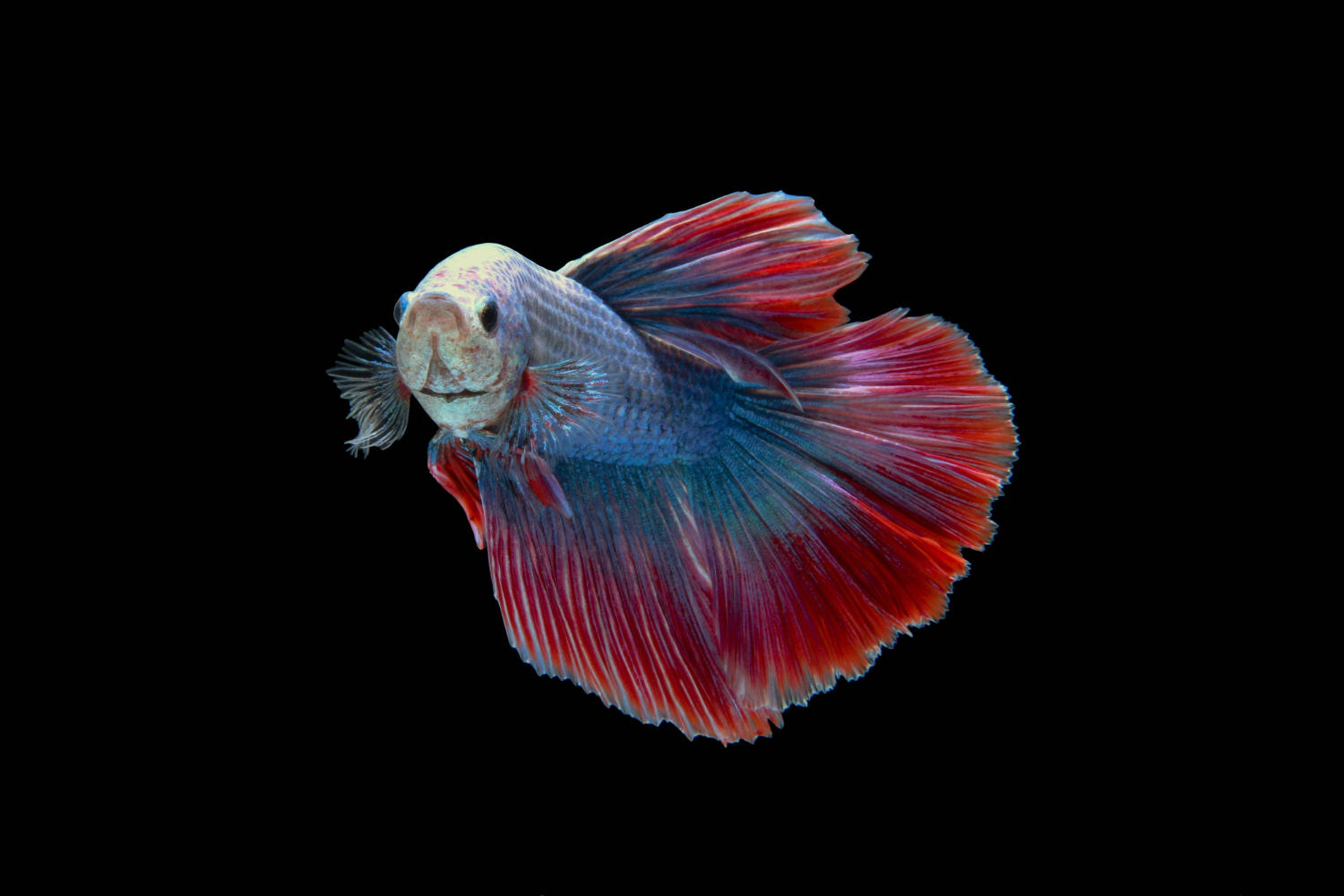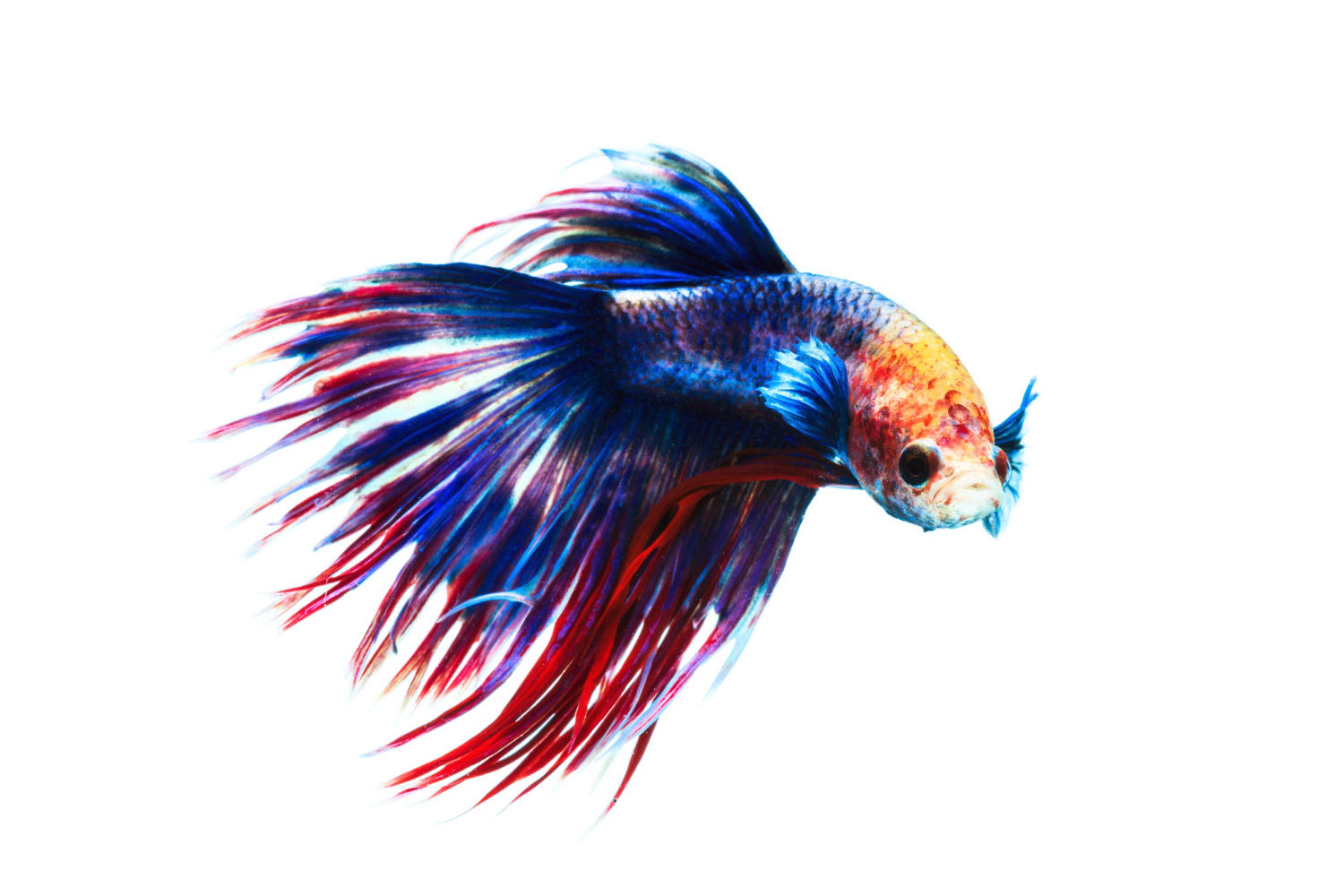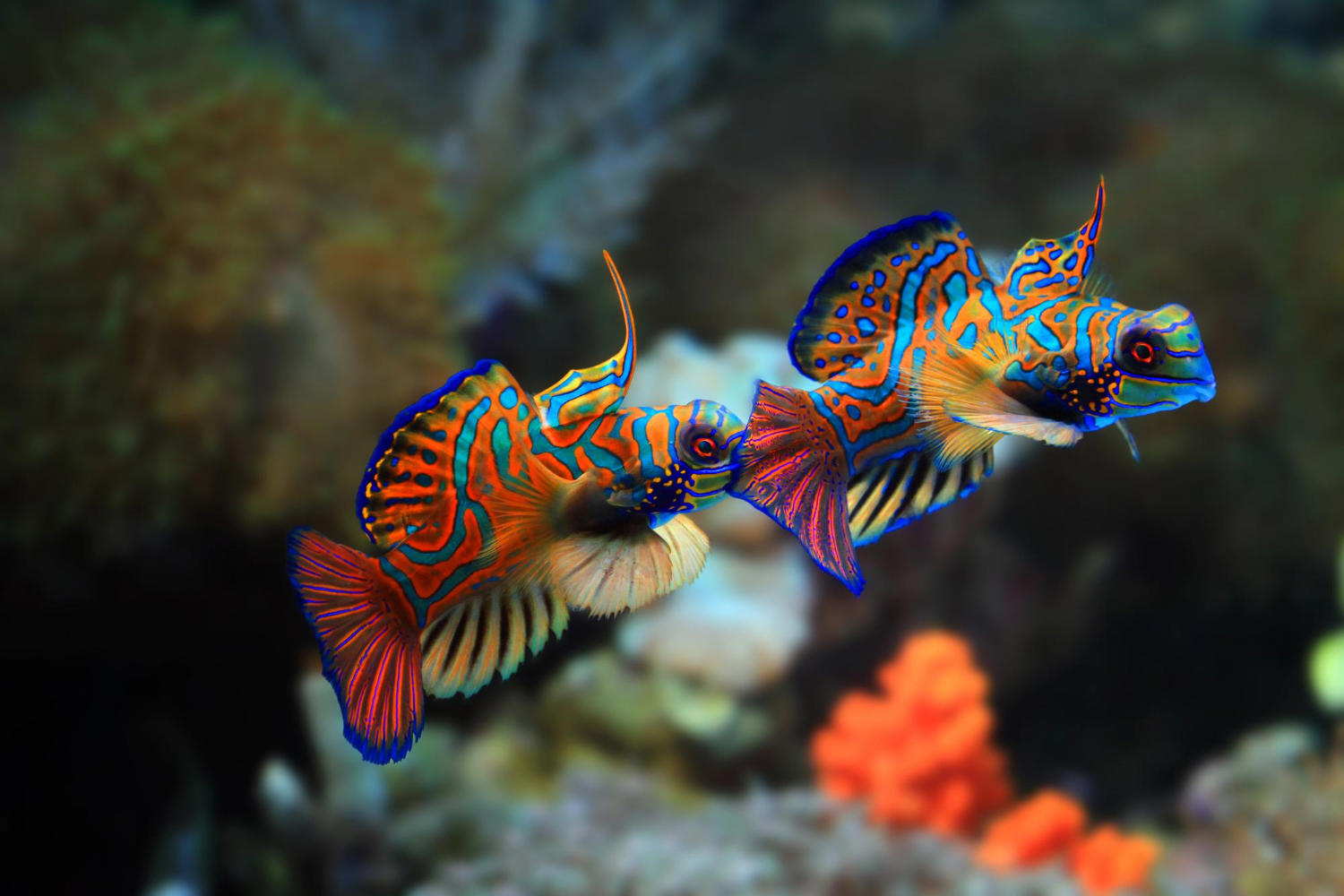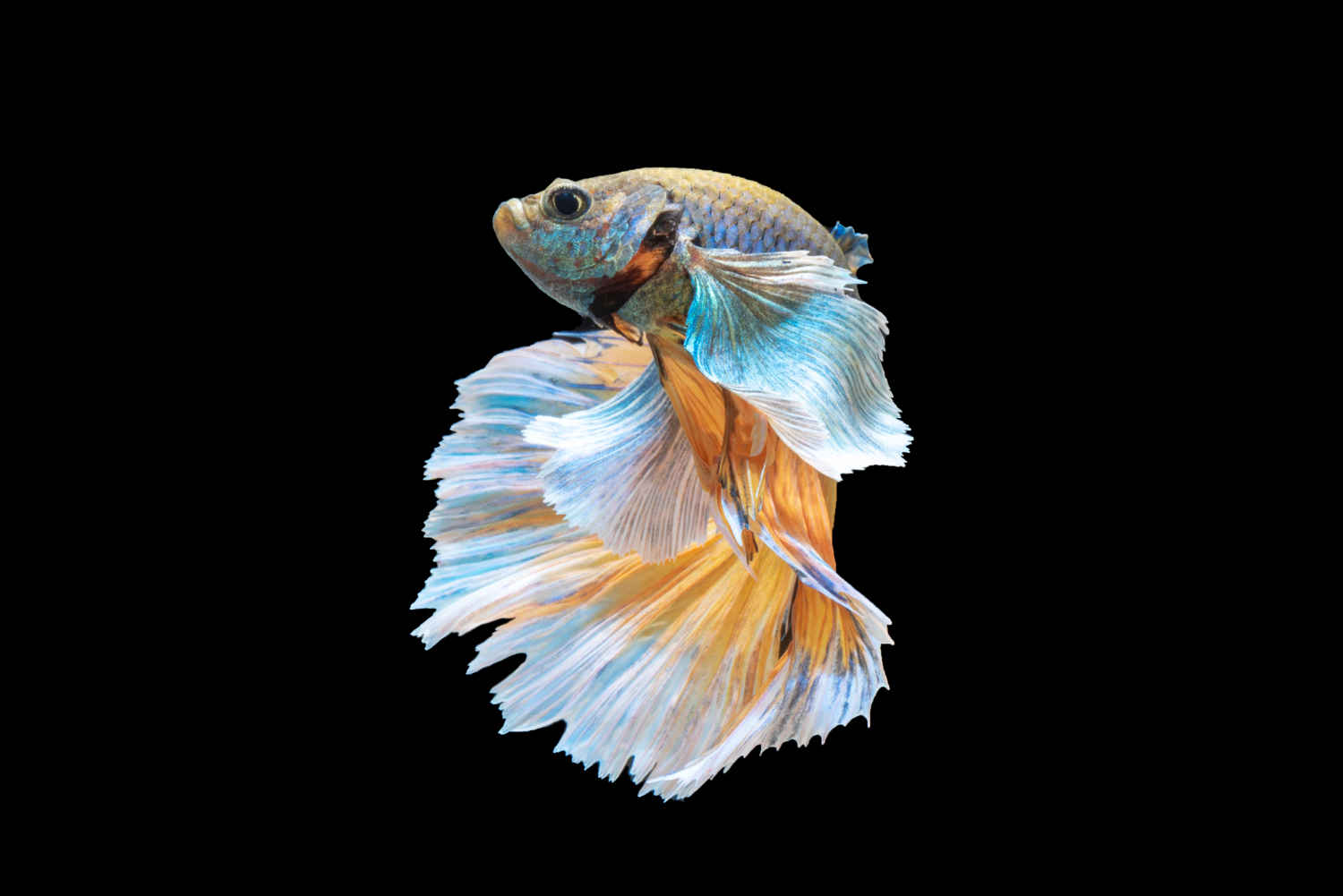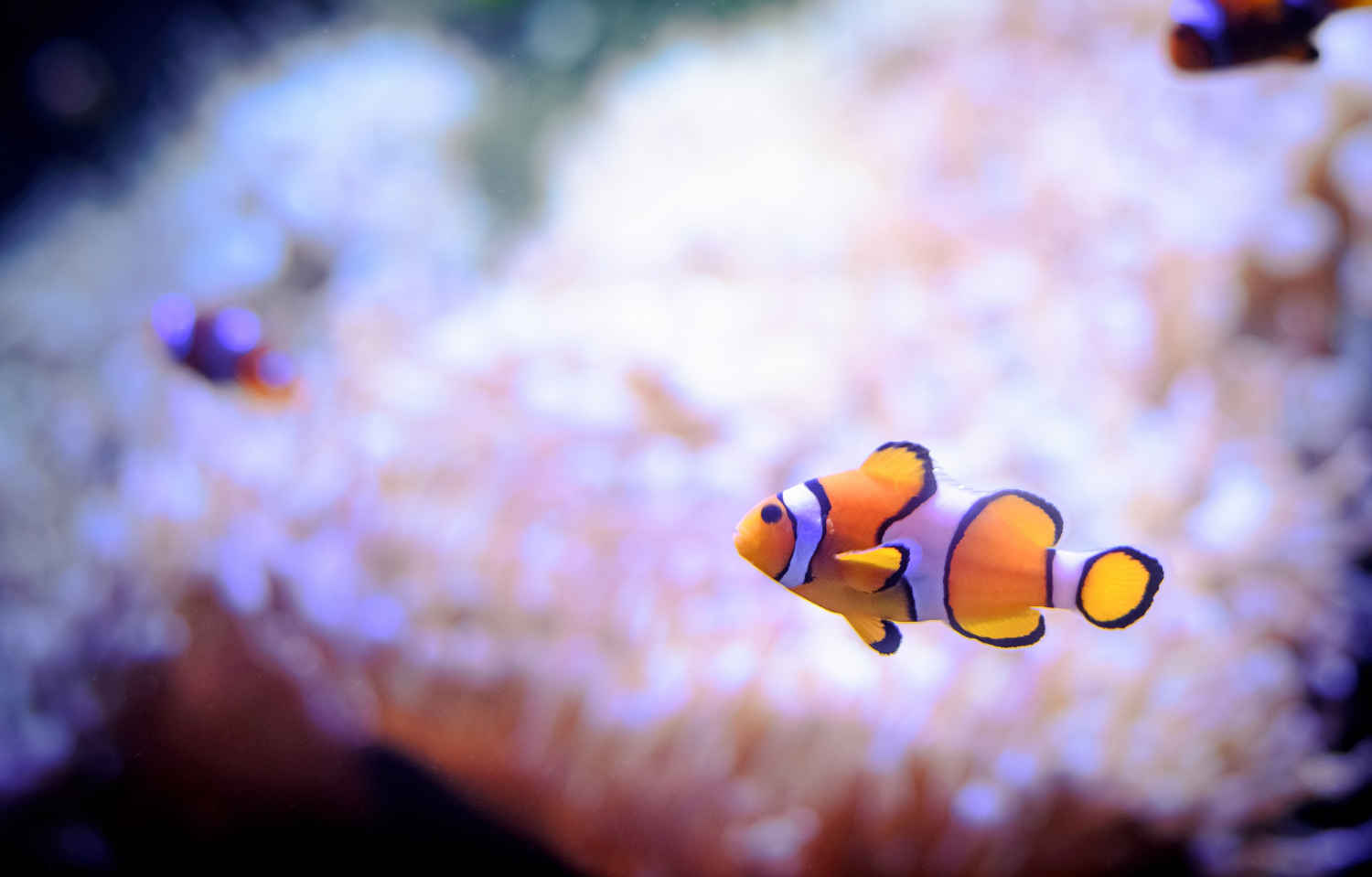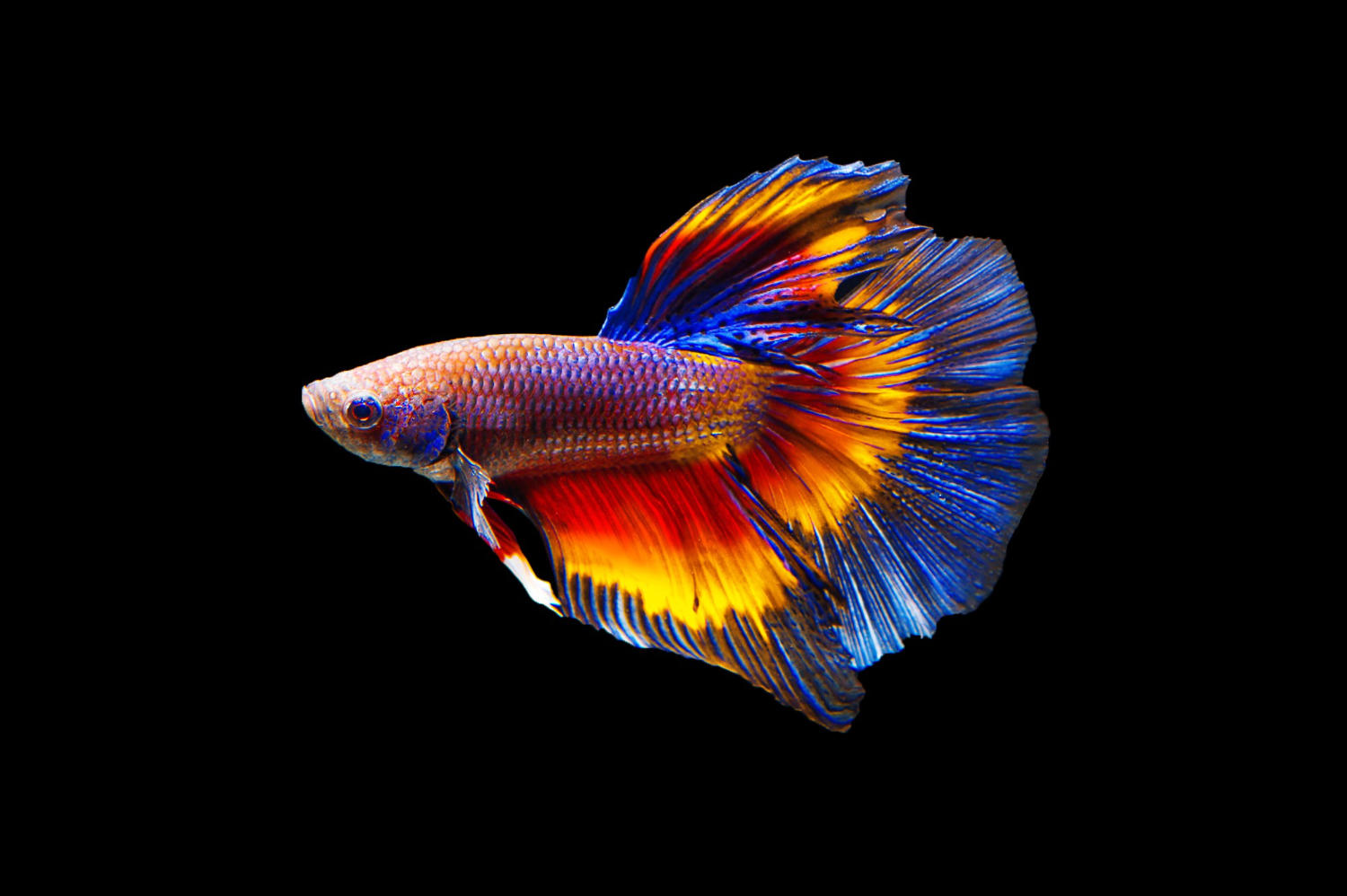
Having healthy fish in an aquarium is one of the great joys of being a fishkeeper. But to keep your fish in good condition, you need to have a good understanding of the feeding frequency that’s best for them. It can be tricky to determine what feeding schedule is best for your fish, so this guide will provide you with all the information you need to ensure your fish are getting the nutrition they need. From the types of food to the frequency of feedings, this guide will help you create a healthy diet for your fish and keep them thriving in their aquarium.
Feeding Frequency for Healthy Fish: An Essential Guide
If you are a fish enthusiast, then you know that providing your fish with the proper nutrition is essential for their health and wellbeing. But how often should you be feeding your fish? It can be difficult to figure out the best feeding frequency for your fish, but with this guide, you’ll learn all you need to know to ensure your fish stay healthy and happy.
First, let’s cover the basics of feeding frequency. Generally speaking, most fish should be fed one to two times each day, with larger fish such as Oscars or Cichlids needing more frequent feedings of up to three times per day. However, there are some exceptions to this rule. For example, some fish such as Goldfish or Koi can go several days without food and still remain healthy, so they may not need to be fed as often.
When it comes to the amount of food you should be feeding your fish, it’s important to only feed them what they can consume in a few minutes. Overfeeding can lead to nutrient deficiencies, health problems, and even death. So, it’s important to observe your fish’s feeding habits and adjust the amount of food accordingly.
Now let’s talk about the types of food your fish should be eating. Most fish can easily digest a variety of foods, including dry pellets, flakes, and frozen foods. However, some types of fish may require specialized diets that include live or frozen foods. Additionally, be sure to provide your fish with a varied diet as this will help ensure they get all the nutrients they need.
When it comes to the timing of your fish’s meals, it’s important to feed them at the same time each day. This will help them establish a regular feeding schedule, which can help make sure they get the right amount of food and nutrients. Additionally, it’s a good idea to feed your fish when the tank lights are on, as this will help them recognize the time of day they should expect food.
Finally, it is important to remember that the feeding frequency and types of food you give your fish should be adjusted depending on the season. During the winter, for example, you may need to feed your fish less often as the water temperature will be cooler and they will not need as much food.
Overall, providing your fish with the proper nutrition is essential for their health and wellbeing. By following the tips in this guide, you can make sure your fish stay healthy by providing them with the right amount and type of food, at the right times. With the right feeding frequency, your fish will be sure to thrive.
In conclusion, feeding frequency is an integral part of keeping your fish healthy and happy. Finding the right balance between overfeeding or underfeeding is key. There is no one-size-fits-all approach to feeding your fish, so it is important to take into account the needs of your particular species. If you are ever uncertain about how much or how often to feed your fish, consulting a professional is a great way to ensure your fish are getting the nutrition and nourishment they need.
Please follow us on Social Media



